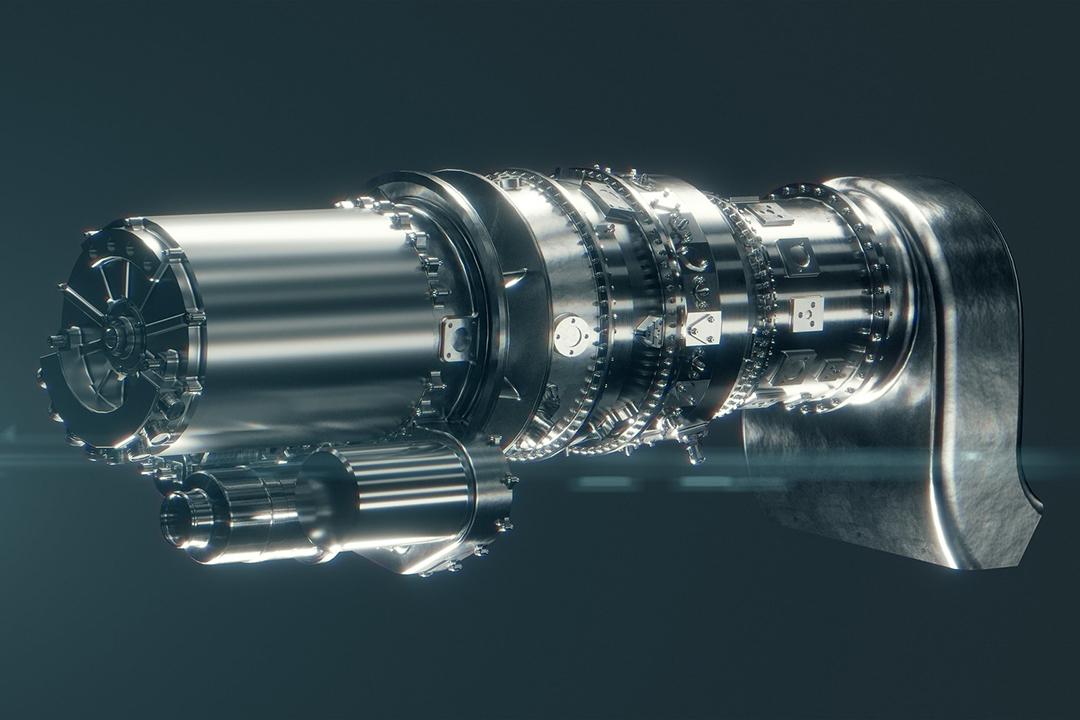
COLORADO SPRINGS—Rolls-Royce has revealed it is developing an all-new turbogenerator for use in advanced-air-mobility (AAM) applications including primary propulsion for electric short-takeoff-and landing (eSTOL) aircraft and extending the range of electric vertical-takeoff-and-landing (eVTOL)...
Subscription Required
This content requires a subscription to one of the Aviation Week Intelligence Network (AWIN) bundles.
Schedule a demo today to find out how you can access this content and similar content related to your area of the global aviation industry.
Already an AWIN subscriber? Login
Did you know? Aviation Week has won top honors multiple times in the Jesse H. Neal National Business Journalism Awards, the business-to-business media equivalent of the Pulitzer Prizes.
